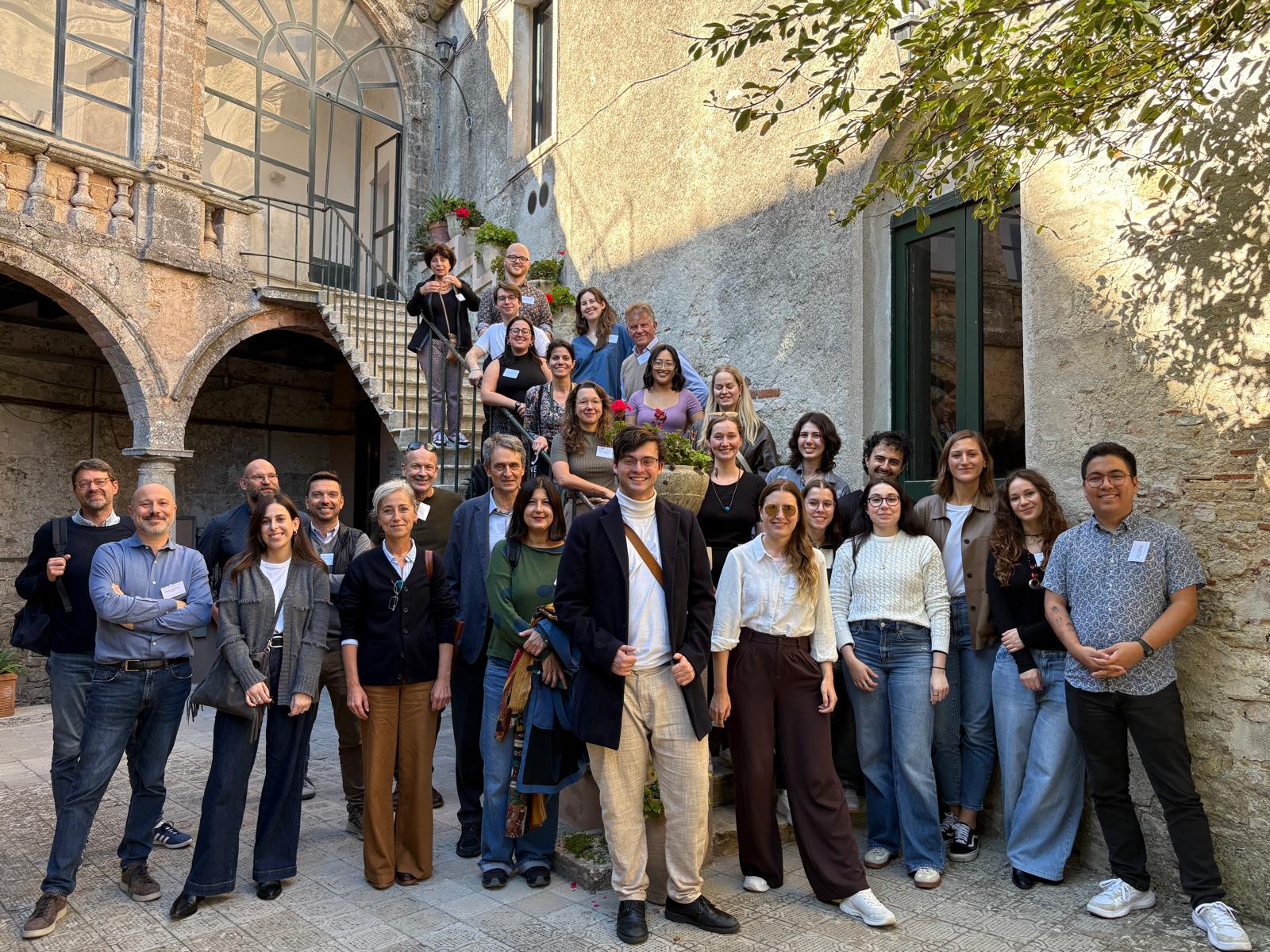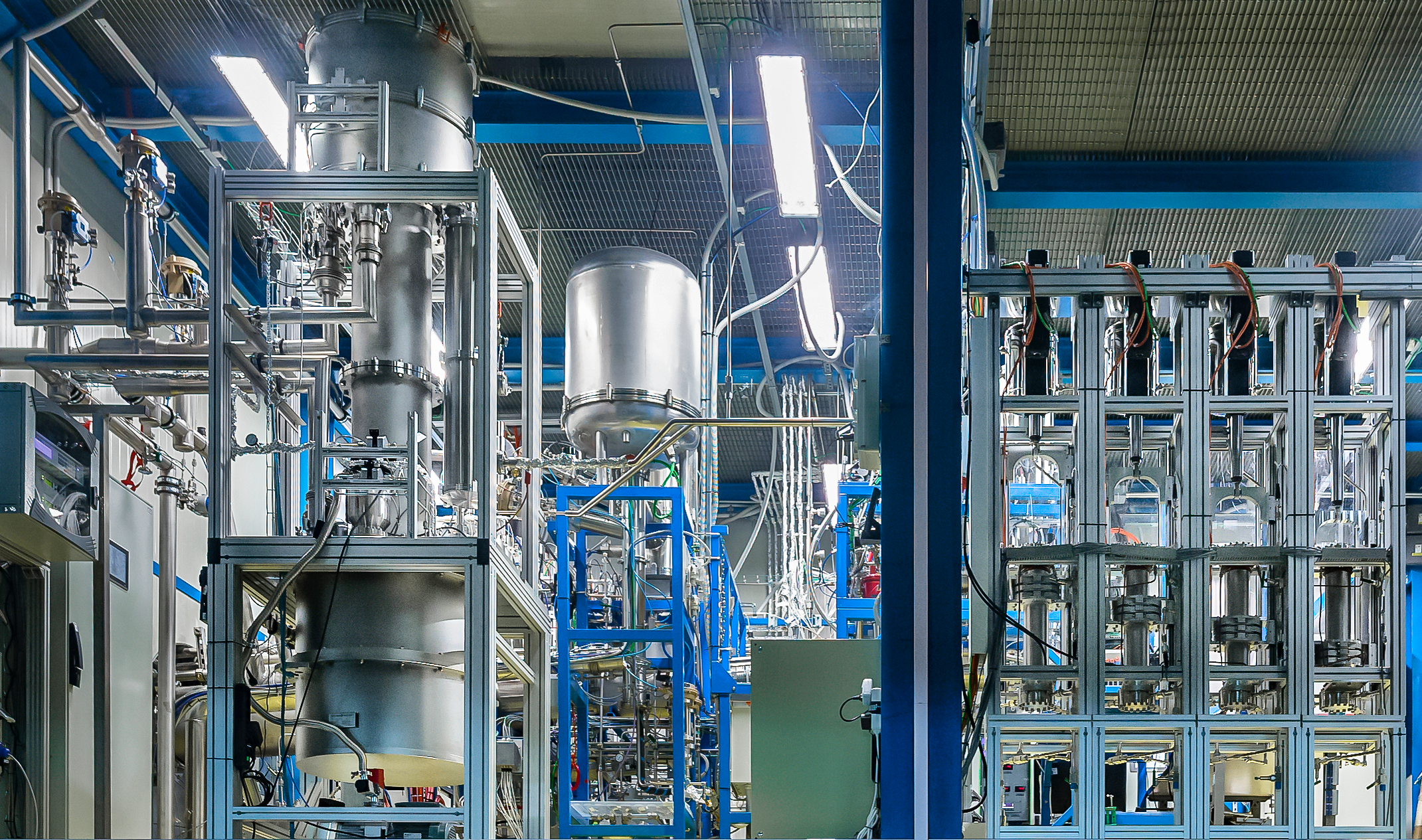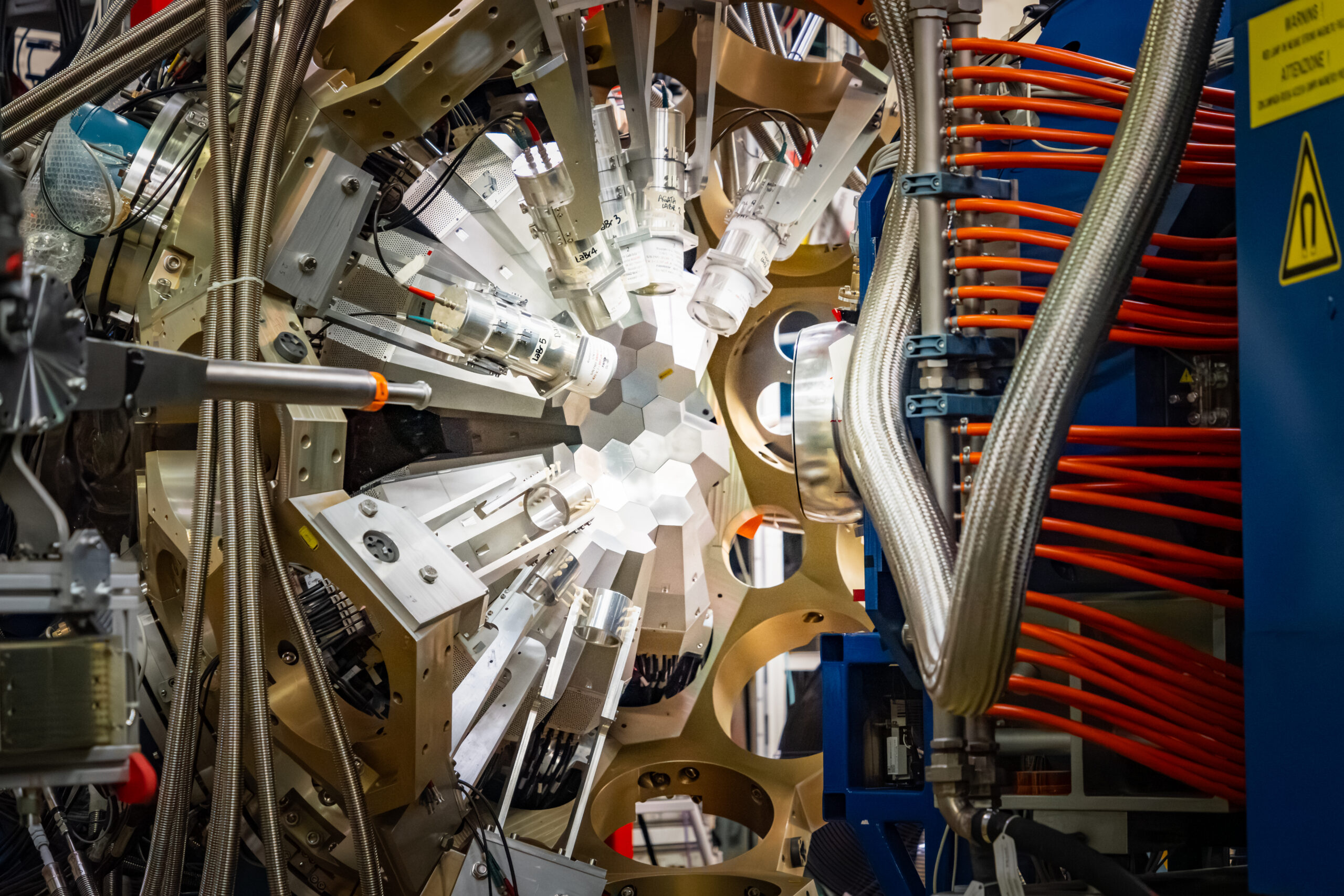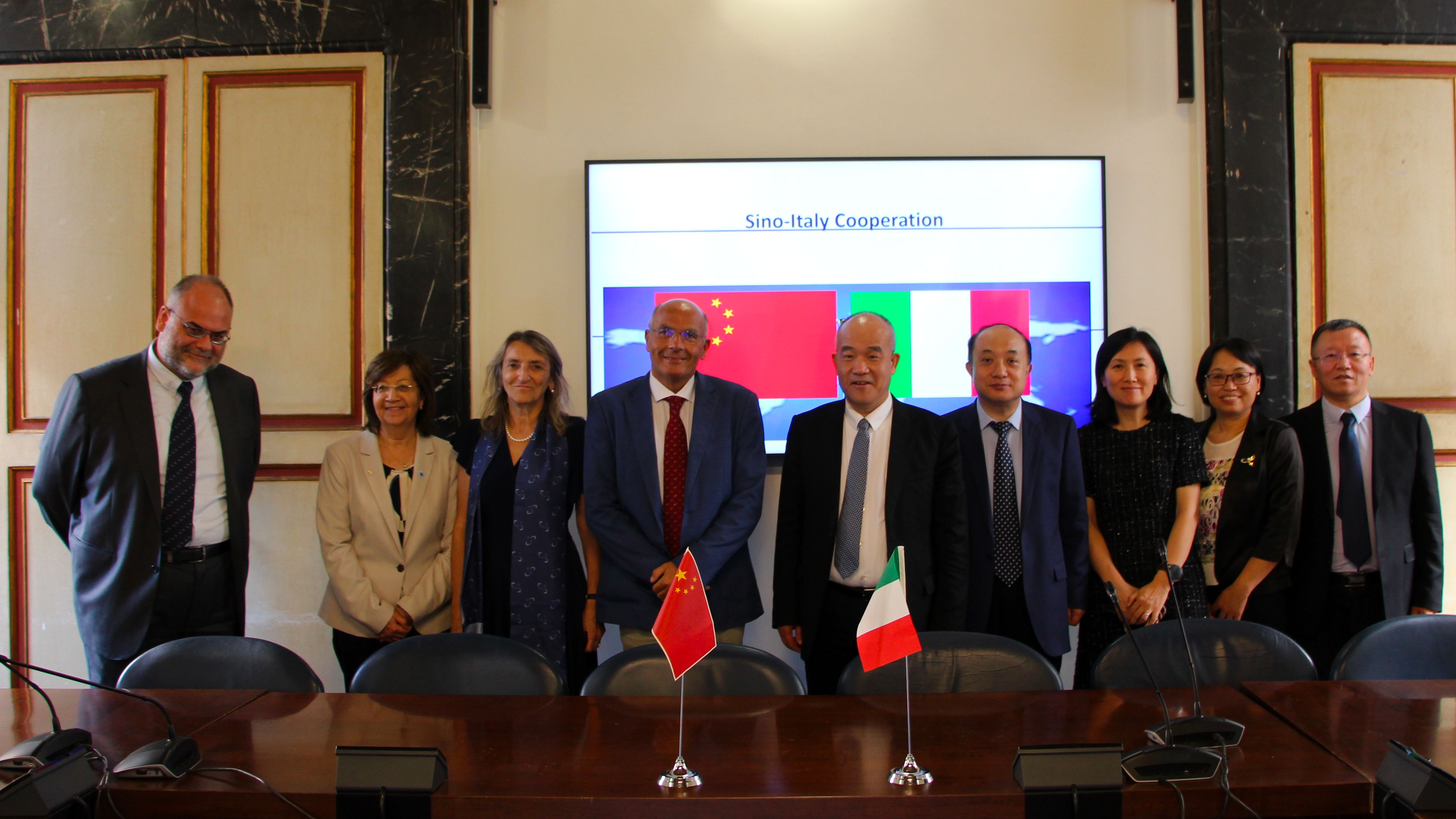 The injector of the XFEL (X ray-Free Electron Laser), among the most important projects of the European Strategy Forum on Research Infrastructures (ESFRI) roadmap, has entered its final implementation stage in Hamburg. The third harmonic module fundamental for removing the distortion of the electron beam at the exit of the injector whose main components have been designed and produced in Italy, with the contribution of the Accelerator and Applied Superconductivity Laboratory (LASA) of the INFN Milan section, in close cooperation with the DESY laboratory in Hamburg, was transferred a few days ago to the beginning of the 3.4 km long tunnel. This is a fundamental stage of the INFN participation in the European XFEL project, to which the Institute is contributing with the delivery of half of the 800 superconducting accelerating cavities and most of the 100 crio-modules containing them. XFEL, whose commissioning will start in 2016 to be fully operational in 2017, is a research infrastructure which, thanks to its unique characteristics an energy of 17.5 GeV, 27 thousand X-ray flashes per second, at a very small wavelength, between 0.05 and 4.7 nanometres behaves like an enormous camera, able to capture details in the region of the Angstrom, a tenth of a billionth of a metre. This level of penetration of matter will, for example, allow XFEL to map the atomic details of viruses, film chemical reactions and take 3D images of the nanoworld.
The injector of the XFEL (X ray-Free Electron Laser), among the most important projects of the European Strategy Forum on Research Infrastructures (ESFRI) roadmap, has entered its final implementation stage in Hamburg. The third harmonic module fundamental for removing the distortion of the electron beam at the exit of the injector whose main components have been designed and produced in Italy, with the contribution of the Accelerator and Applied Superconductivity Laboratory (LASA) of the INFN Milan section, in close cooperation with the DESY laboratory in Hamburg, was transferred a few days ago to the beginning of the 3.4 km long tunnel. This is a fundamental stage of the INFN participation in the European XFEL project, to which the Institute is contributing with the delivery of half of the 800 superconducting accelerating cavities and most of the 100 crio-modules containing them. XFEL, whose commissioning will start in 2016 to be fully operational in 2017, is a research infrastructure which, thanks to its unique characteristics an energy of 17.5 GeV, 27 thousand X-ray flashes per second, at a very small wavelength, between 0.05 and 4.7 nanometres behaves like an enormous camera, able to capture details in the region of the Angstrom, a tenth of a billionth of a metre. This level of penetration of matter will, for example, allow XFEL to map the atomic details of viruses, film chemical reactions and take 3D images of the nanoworld.
You might also be interested in

ORIGINS. Exploring Science Communication and Journalism

Nobel Prize in Physics 2025: congratulations to John Clarke, Michel H. Devoret and John M. Martinis

INFN statement in support of peace in Gaza and commitment to scientific diplomacy

XENONnT: record levels of purity achieved in the search for dark matter

Physics Photowalk 2025: the ten pictures on the Italian podium

Italy-China: important bilateral meeting between NSFC and INFN
26 September 2025
Read more Italy-China: important bilateral meeting between NSFC and INFN